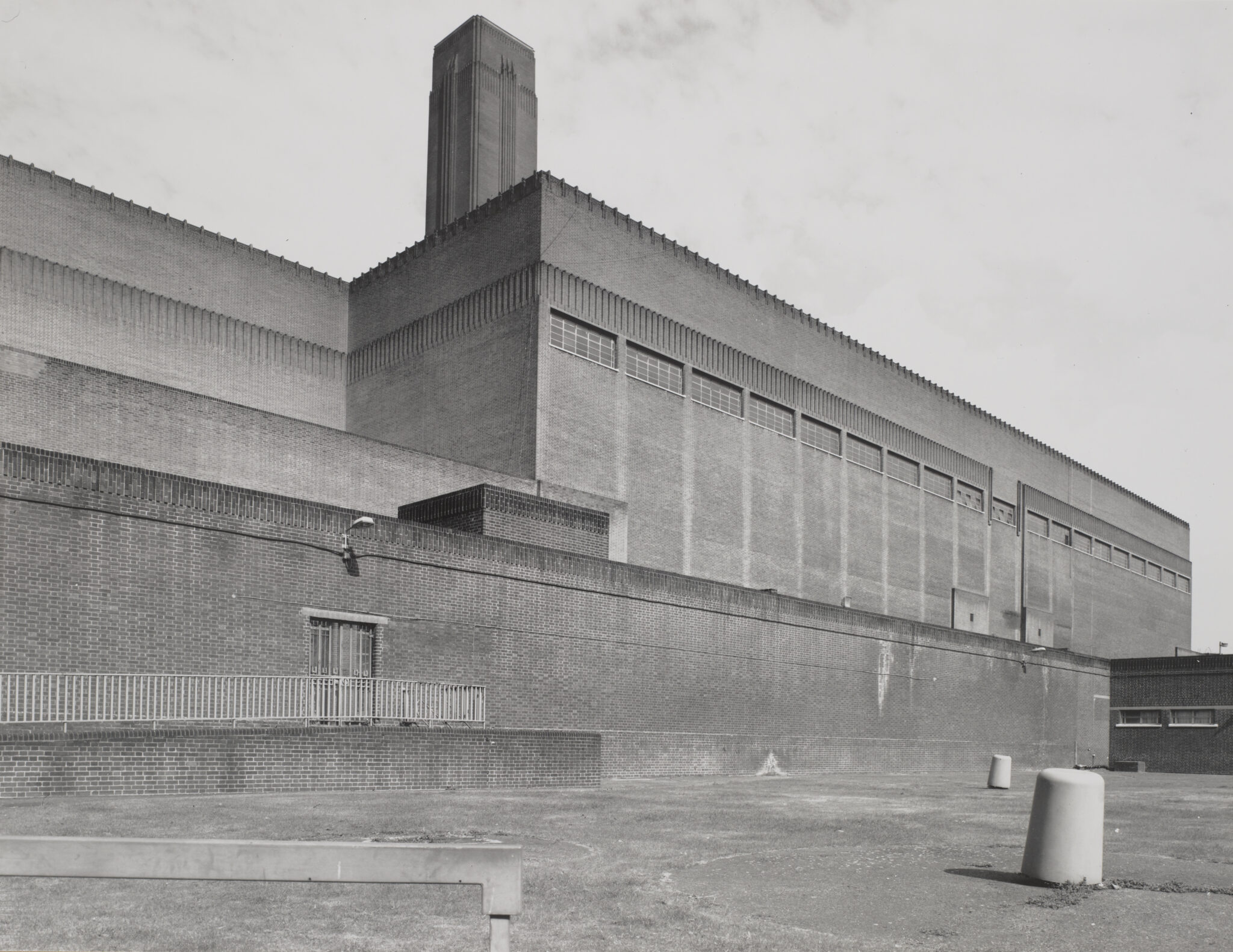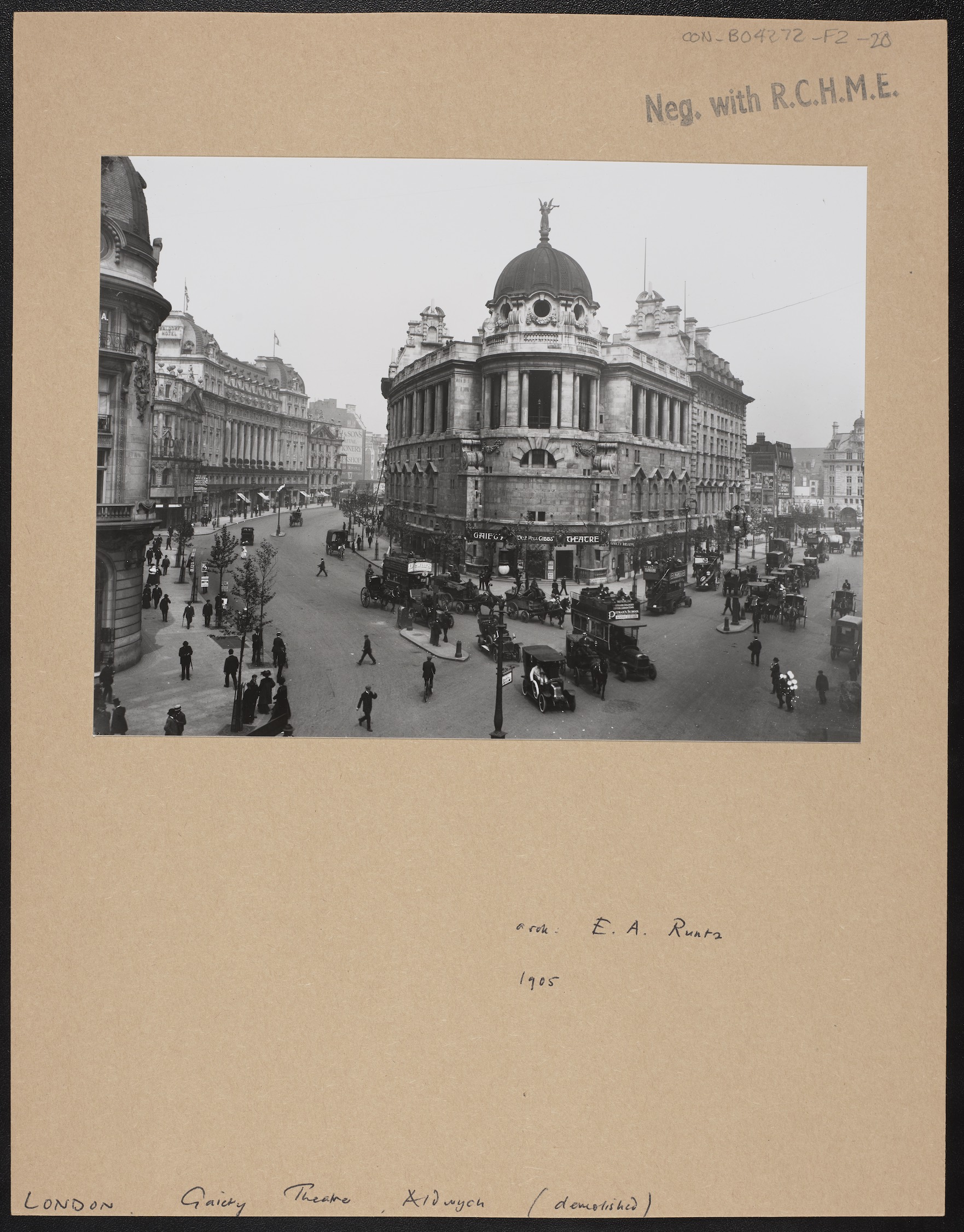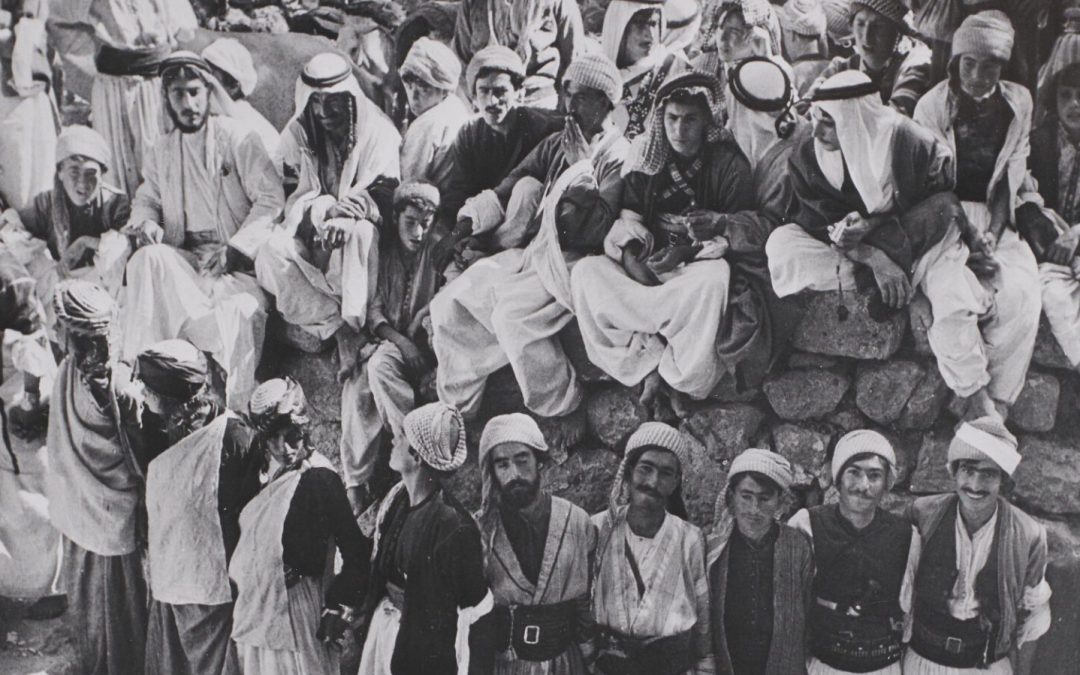One million images available online for Courtauld Institute of Art
The Courtauld Institute of Art in London has recently completed a long digitisation process which has led to the publication of over one million rarely seen photographs, part of the Conway Library Collection. The project, which began in 2017, has involved over 14,000 volunteers of all ages responsible for cataloguing and capturing the images, becoming the largest and most diverse public inclusion program in the institute’s history.

La Bankside Power Station a Londra now Tate Modern, architect Sir Giles Gilbert Scott, 1957-60
Courtesy Courtauld Institute of Art
The Conway Library Collection consists of over one million images dating back from the inception of photography to the present day, inducing reproduction and cuttings of architecture, sculptures, paintings and decorative art. Founded by journalist, mountaineer, politician, and art historian Lord Conway of Allington, The Conway Library collection was bestowed to The Courtauld when it was founded in 1932. Since then, the collection has continuously developed as a teaching and research collection with gifts from photographers and collectors.
The majority of the project’s participants, who have never had any kind of experience in the scope of conservation and digitisation, were thought the basis of museal photography and cataloguing. Top Bilson, Head of Digital Media at Courtauld and project’s director, has explained how programs like this, based on direct participation, have the opportunity to completely change a cultural organisation, aligning it closely with new audiences that perhaps could have never been reached in any other way.

Gaiety Theatre, Dublin, 1905.
Courtesy Coultaurd Institute of Art
At the heart of the Conway Library digitisation project is a commitment to honouring the material essence of the photograph as a physical object, maintaining the original context of the material image by making it available online without cropping, with lighting to reveal its texture and composition.
The high-definition digitised works are accessible to the public for free from 28 April.

